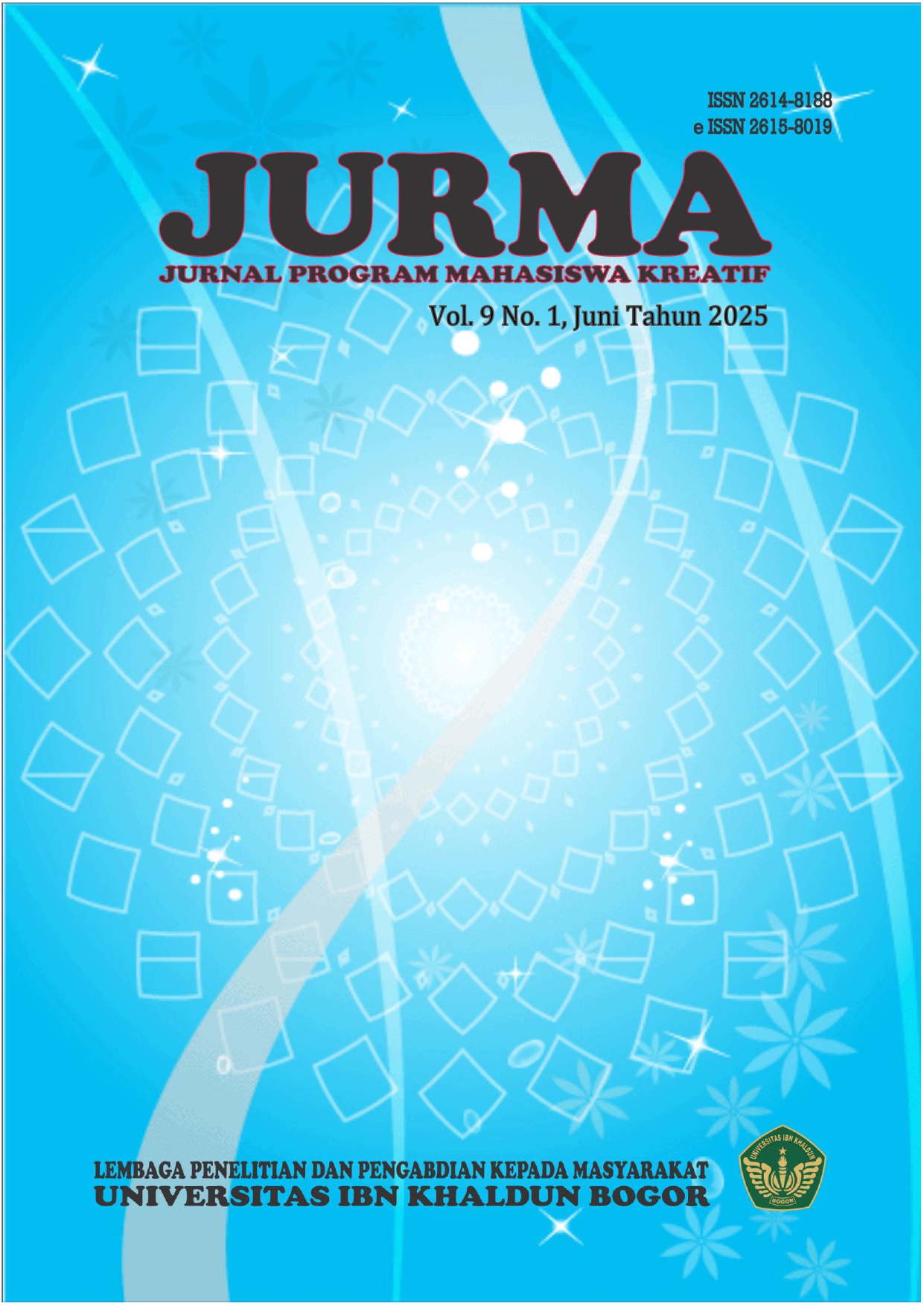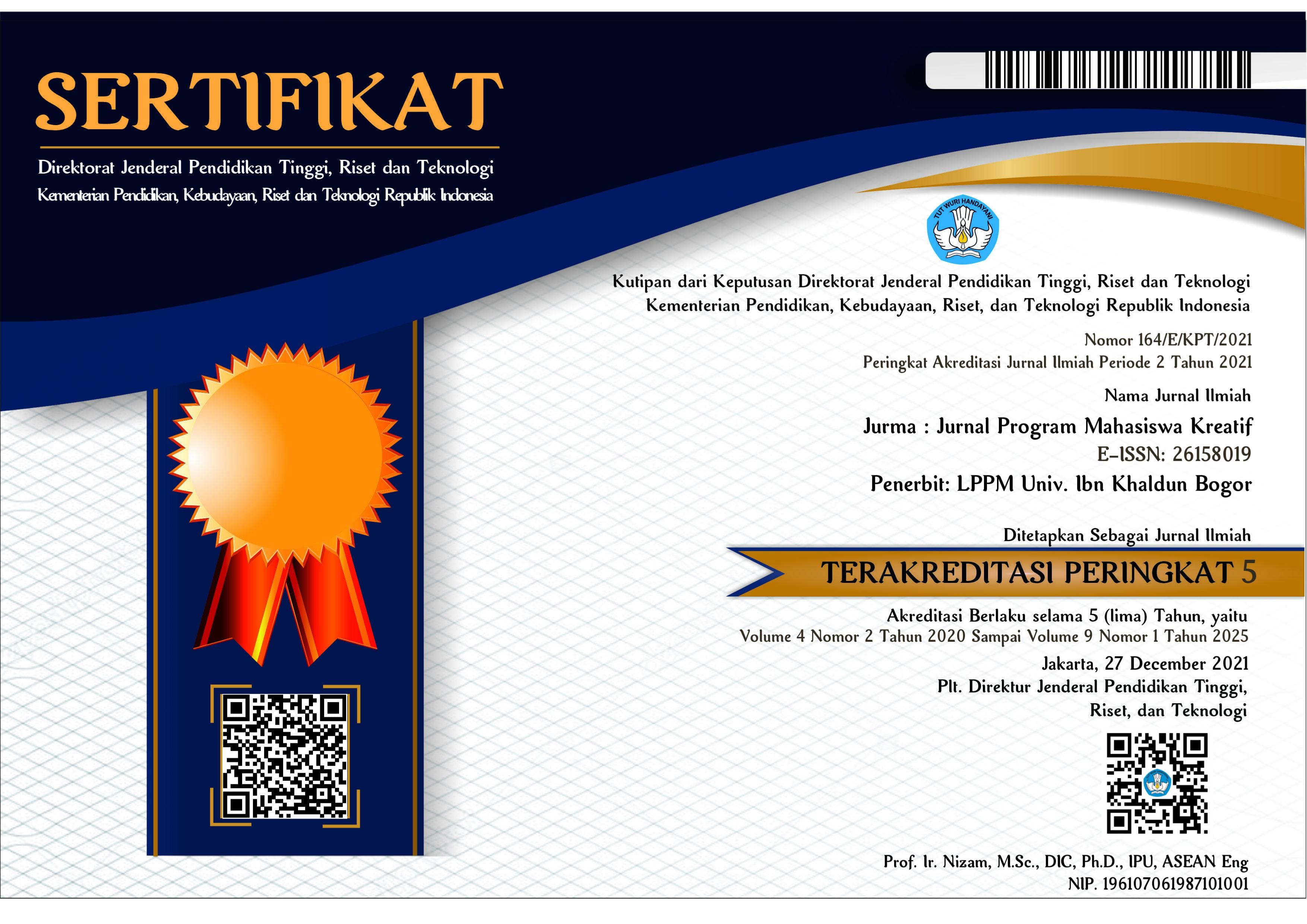Detection of Thyroid Disease Using a Comparison of Merchine Learning Methods: Support Vector Machine, Decision Tree and Random Forest
Abstract
Thyroid disease occurs when the thyroid gland undergoes changes in function and shape, which can lead to disorders such as hypothyroidism or hyperthyroidism, depending on the amount of hormones produced. This disorder can be treated by a specialist, either through medication or surgery. Early detection is essential to prevent further complications, but conventional diagnostic methods are often time-consuming and costly. The purpose of this study is to develop a machine learning-based prediction model to improve the speed and accuracy in detecting thyroid disease. By using a comparison of machine learning algorithms, it is hoped that the diagnosis process can be carried out more efficiently than conventional methods. This study uses datasets from the UCI Machine Learning Repository, in this study the methods used are decision tree algorithms, random forests, and support vector machines (SVM). The data is divided into two sets, namely training data and test data, to evaluate the performance of each model. The results show that SVM has the highest accuracy rate with an F1-score of 0.9607, followed by Random Forest (0.9601), and Decision Tree which has the lowest performance (0.9177). This study proves that the use of machine learning can improve the speed and accuracy of diagnosing thyroid disease compared to conventional methods.
Copyright (c) 2025 Adzkia Nur Nasution, Ardilla Syahfitri Lubis, Fanny Ramadhani, Sri Dewi

This work is licensed under a Creative Commons Attribution-ShareAlike 4.0 International License.






















